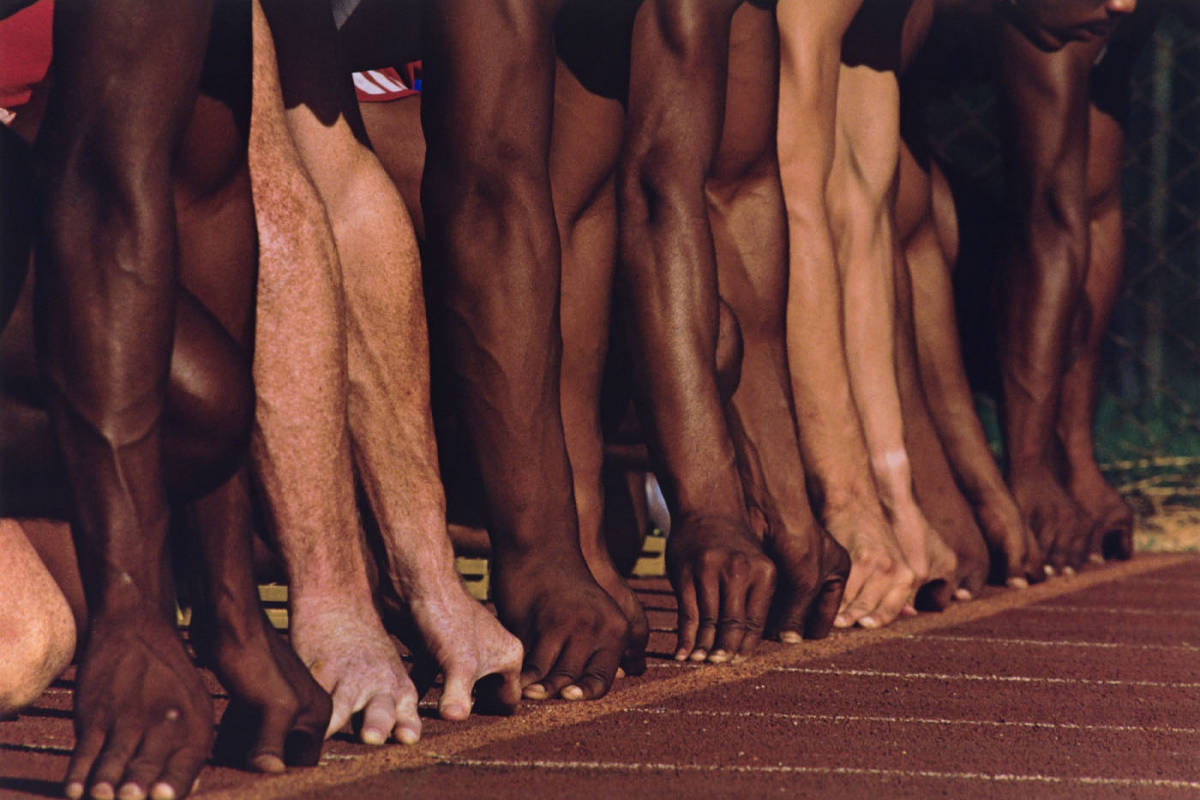
The search term must be at least 3 characters. Please enter a valid search term.
Resources
Learning Lab Collections
The search term must be at least 3 characters. Please enter a valid search term.
Resources
Learning Lab Collections
Please provide your account's email address and we will e-mail you instructions to reset your password. For assistance changing the password for a child account, please contact us